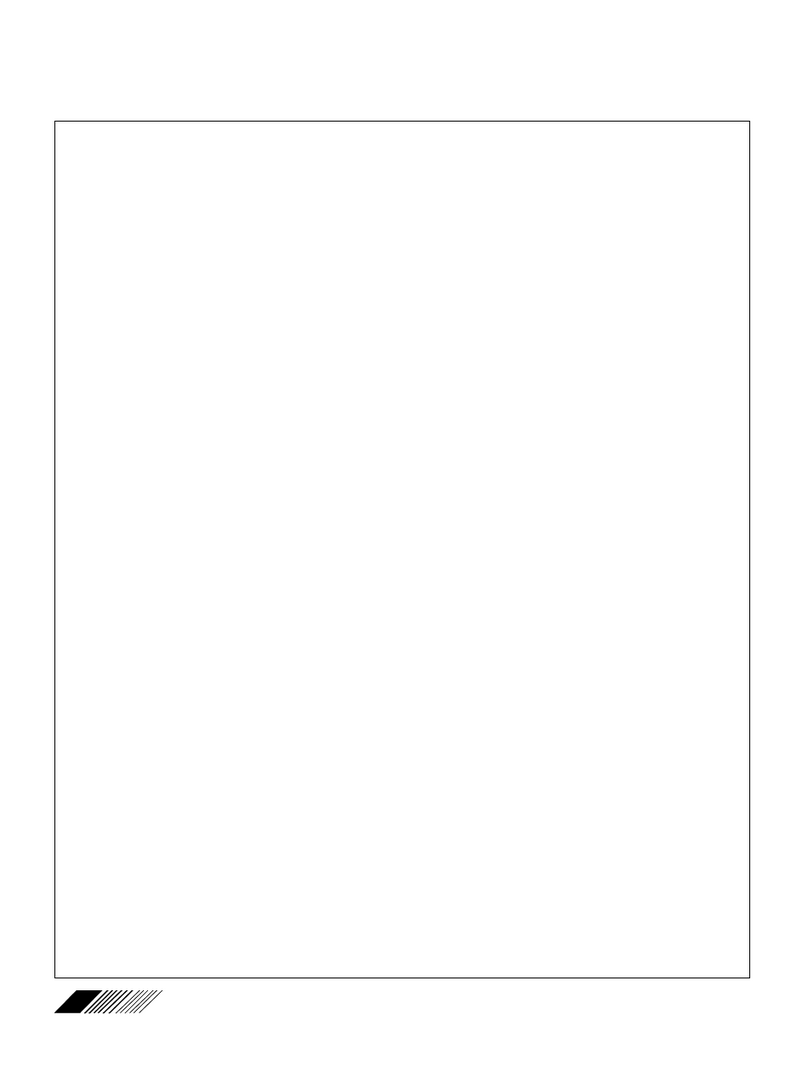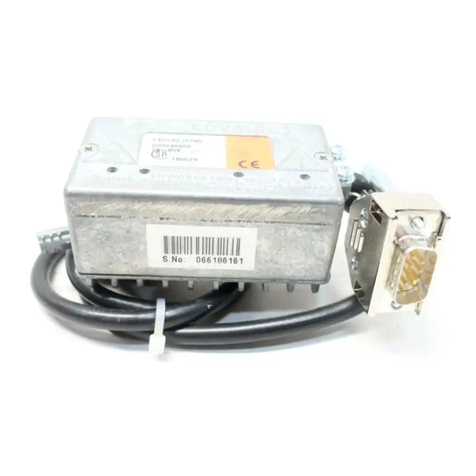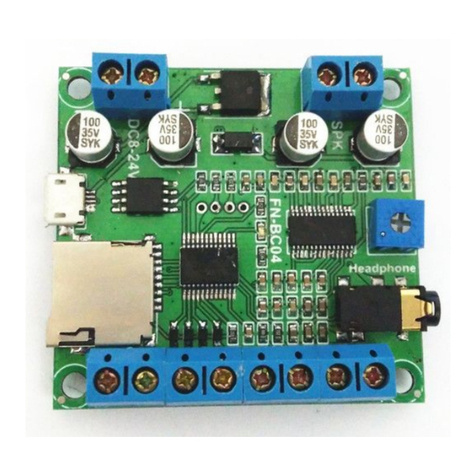
ii TCU 40/80 plus Temperature Control Unit
7 MAINTENANCE ……………………………………………………………………………………22
7.1 HAZARD WARNINGS ………………………………………………………………………….22
7.2 HAZARDS ………………………………………………………………………………………. 24
7.3 FILLING THE RESER OIR …………………………………………………………..……….. 24
7.4 DRAINING/BLEEDING THE COOLANT RESER OIR ……………………………………... 25
7.5 TEMPERATURE PROBE CALIBRATION ……………………………………………………. 25
7.6 PRE ENTI E MAINTENANCE SCHEDULE ……………………………………………….. 25
7.7 SEMI-ANNUAL PRE ENTATI E MAINTENANCE ………………………………………... 26
7.7.1 REQUIRED EQUIPMENT …………………………………………………………………... 26
7.7.2 PREPARATION ……………………………………………………………………………... 26
7.7.3 ERIFY SYSTEM STATUS ………………………………………………………………… 26
7.7.4 REFRIGERATION LEAK CHECK …………………………………………………………. 26
7.7.5 FLUORINATE LEAK CHECK ……………………………………………………………… 26
7.7.6 WATER LEAK CHECK …………………………………………………………………….. 26
7.7.7 INSULATION REPAIR ……………………………………………………………………... 27
7.7.8 LAMP CHECK/REPLACEMENT …………………………………………………………... 27
7.8 ANNUAL PRE ENTATI E MAINTENANCE ………………………………………………..28
7.8.1 REQUIRED EQUIPMENT …………………………………………………………………... 28
7.8.2 REQUIRED SUPPLIES ……………………………………………………………………… 28
7.8.3 SOLENOID AL E COIL REPLACEMENT ……………………………………………… 28
7.8.4 SYSTEM CHECK ……………………………………………………………………………. 30
7.9 PRE ENTATI E MAINTENANCE CHECKLIST …………………………………………….39
8 TROUBLESHOOTING …………………………………………………………………………….. 40
9 ACCESSORIES AND SPARE PARTS ……………………………………………………………..54
10 OPTIONS …………………………………………………………………………………………… 55
10.1 LON WORKS …………………………………………………………………………………… 55
10.1.1 REFERENCE ………………………………………………………………………………… 55
10.1.2 O ERALL DESCRIPTION …………………………………………………………………. 55
10.1.3 REQUIREMENTS …………………………………………………………………………… 56
10.1.4 INTERFACES ………………………………………………………………………………... 59
10.2 RS232 TEL ………………………………………………………………………………………. 71
10.2.1 BLOCK DIAGRAM …………………………………………………………………………. 71
10.2.2 OPERATION MODE AND CONTENTS OF FUNCTION …………………………………. 71
10.2.3 DESCRIPTION OF EXTERNAL CONTROL AND MONITORING SIGNALS …………... 73
10.3 RS485 SERIAL COMMUNICATION ………………………………………………………….. 92
10.3.1 MODIFIED ELECTRICAL CONTROLS DRAWER …………………………………………...92
10.3.2 RS485 MODICON MODBUS PROTOCOL ………………………………………………… 92
10.3.3 INSTALLATION AND SE-UP OF RS485 INTERFACE BOX ASSEMBLY ……………... 93
10.3.4 RS485 MODICON MODBUS PROTOCOL SPECIFICATION FOR TCU 40/80 ………….. 102
10.3.5 RS485 4X MEMORY MAP FOR TCU 40/80 HEAT EXCHANGER ………………………. 103
10.3.6 RS485 TCU 40/80 MESSAGE EXAMPLE ………………………………………………….. 104
APPENDIX ……………………………………………………………………………………………………105
RETURN OF BOC EDWARDS EQUIPMENT – PROCEDURE (FORM HS1) ………….…………….. 106
RETURN OF BOC EDWARDS EQUIPMENT – DECLARATION (FORM HS2) ……………………...107
LEGAL NOTICES, LIMITATIONS AND DISCLAIMERS …………………………………………….. 108
MSDS (MATERIAL SAFETY DATA SHEET) – “SU A” HP62 ……………………………………….109






























